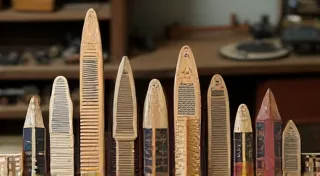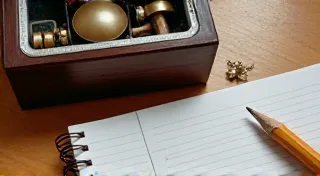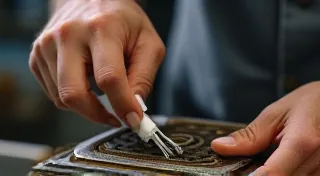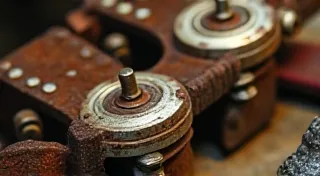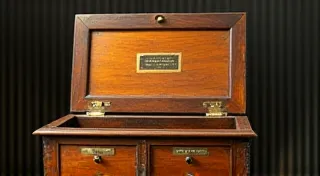Understanding Music Box Cylinders: A Beginner's Guide
For enthusiasts of antique music boxes, the cylinder is the heart of the musical mechanism. It's a delicate and crucial component responsible for producing the enchanting melodies we associate with these vintage treasures. This guide provides a beginner-friendly introduction to music box cylinders, covering different types, how they work, common problems, and simple maintenance tips to keep your music box singing sweetly.
What is a Music Box Cylinder?
A music box cylinder, also known as a roller, is a metal tube (typically steel or brass) onto which pins are precisely placed. As the cylinder rotates, pins strike teeth on a metal comb, creating the music. The arrangement and placement of these pins dictates the notes played. Think of it as a miniature, mechanical music player.
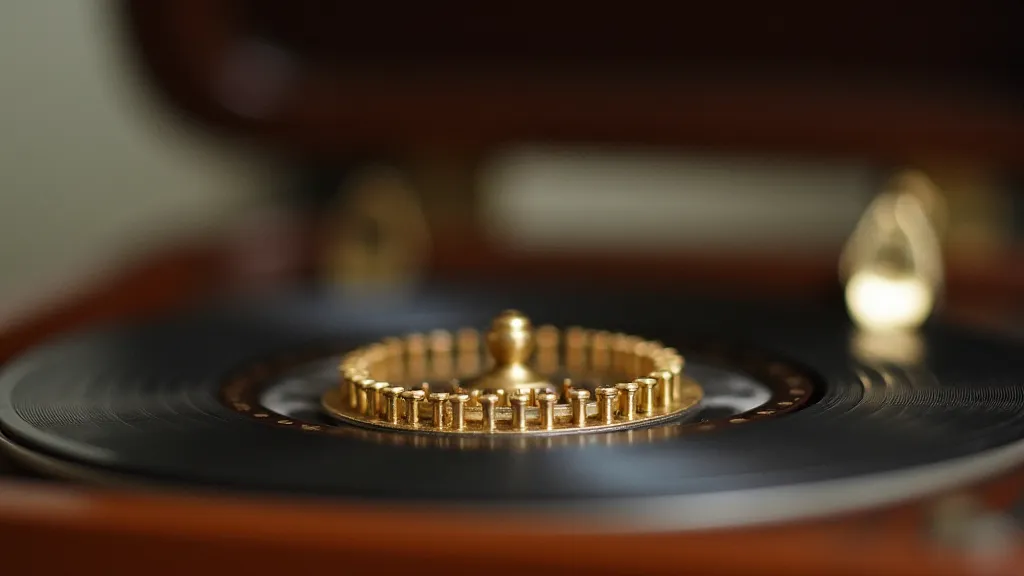
Types of Music Box Cylinders
While there are variations, music box cylinders primarily fall into two categories: pinned cylinders and disc cylinders. Let's explore each in more detail.
Pinned Cylinders (Roller Cylinders)
These are the most common type you'll find in antique music boxes. They feature a cylindrical barrel with precisely placed pins. The pins are often inserted into holes drilled into the cylinder body. The complexity and number of pins determine the length and complexity of the tune.
Key Characteristics:
- Most prevalent type
- Pins are fixed into the cylinder
- Typically produce relatively short tunes
- Can be made of steel or brass
Disc Cylinders
Disc cylinders, sometimes called flat cylinders, represent a less common, but interesting, alternative. These aren't cylinders in the traditional sense. They are flat discs with comb-like projections that vibrate to create the music. They are often found in early or less common types of mechanical music devices.
Key Characteristics:
- Flat, disc-shaped design
- Projections vibrate to produce sound
- Often found in earlier or unusual music boxes
- Less common than pinned cylinders
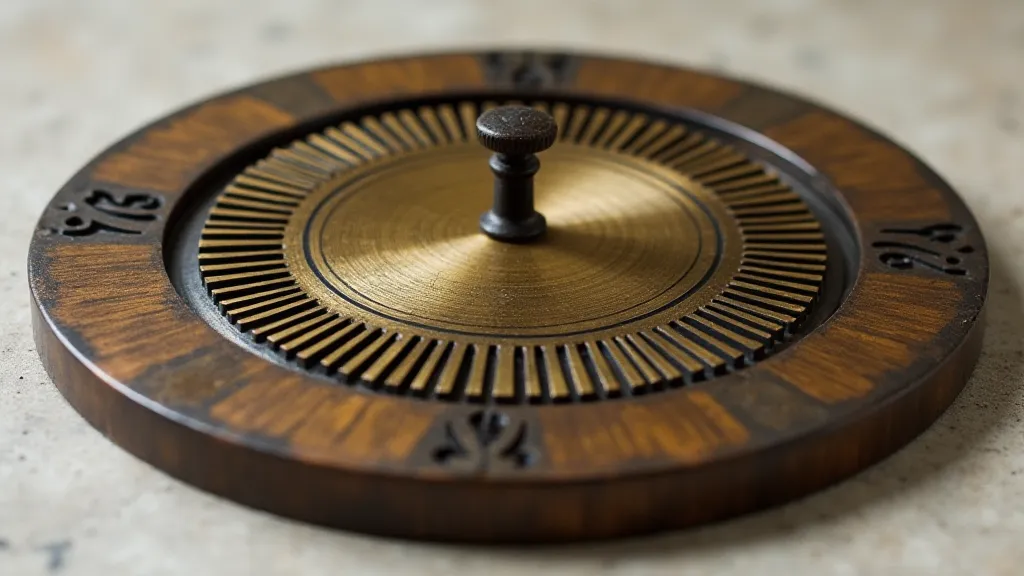
Common Cylinder Issues & Troubleshooting
Cylinders, especially in antique music boxes, are susceptible to problems due to age and wear. Here are a few common issues:
- Pin Loss: Pins can fall out over time, resulting in missing notes or a distorted melody.
- Rust and Corrosion: Moisture can lead to rust, hindering the pins’ ability to strike the comb effectively.
- Bent Pins: Accidental bumps or mishandling can bend pins, preventing them from producing a clear tone.
- Comb Damage: While not part of the cylinder itself, damage to the comb (the metal tines the pins strike) can severely impact sound quality.
- Cylinder Wear: The cylinder's surface can become worn over time, affecting the consistency of pin strikes.
Basic Cylinder Maintenance Tips
Preventative maintenance is key to preserving your music box’s musical heart. Here are a few simple tips:
- Handle with Care: Avoid dropping or bumping the music box, as this can damage the pins.
- Store Properly: Keep your music box in a dry, stable environment to prevent rust.
- Gentle Cleaning: Use a soft brush to gently remove dust and debris from the cylinder.
- Lubrication: Apply a *very* small amount of appropriate lubricant (consult expert resources) to the cylinder's bearings to ensure smooth rotation.
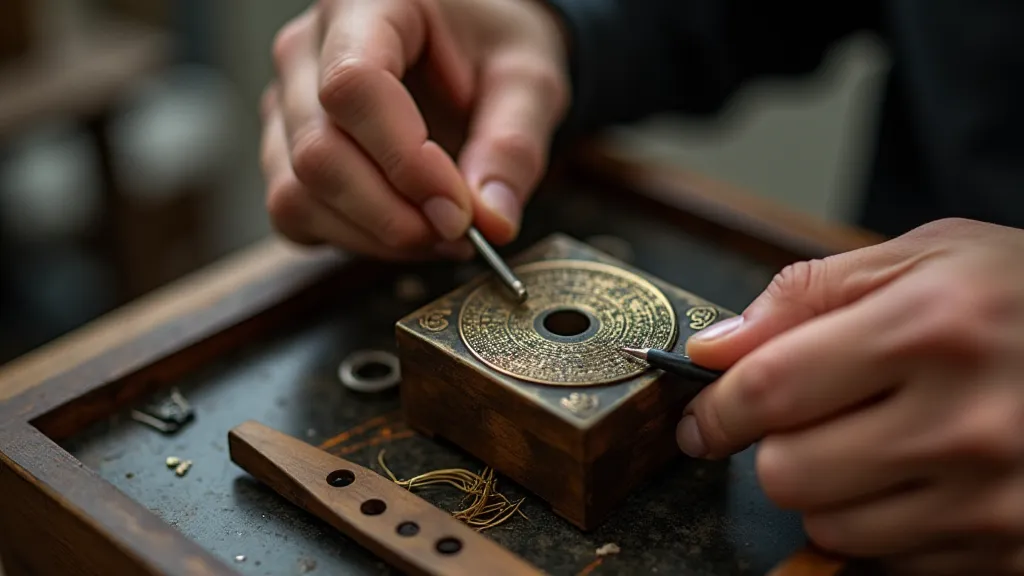
Further Learning
Understanding the intricacies of music box cylinders is a rewarding journey for any enthusiast. This guide offers a foundational understanding, but further exploration and specialized repair guides are available for those wishing to delve deeper into the fascinating world of antique music boxes.
